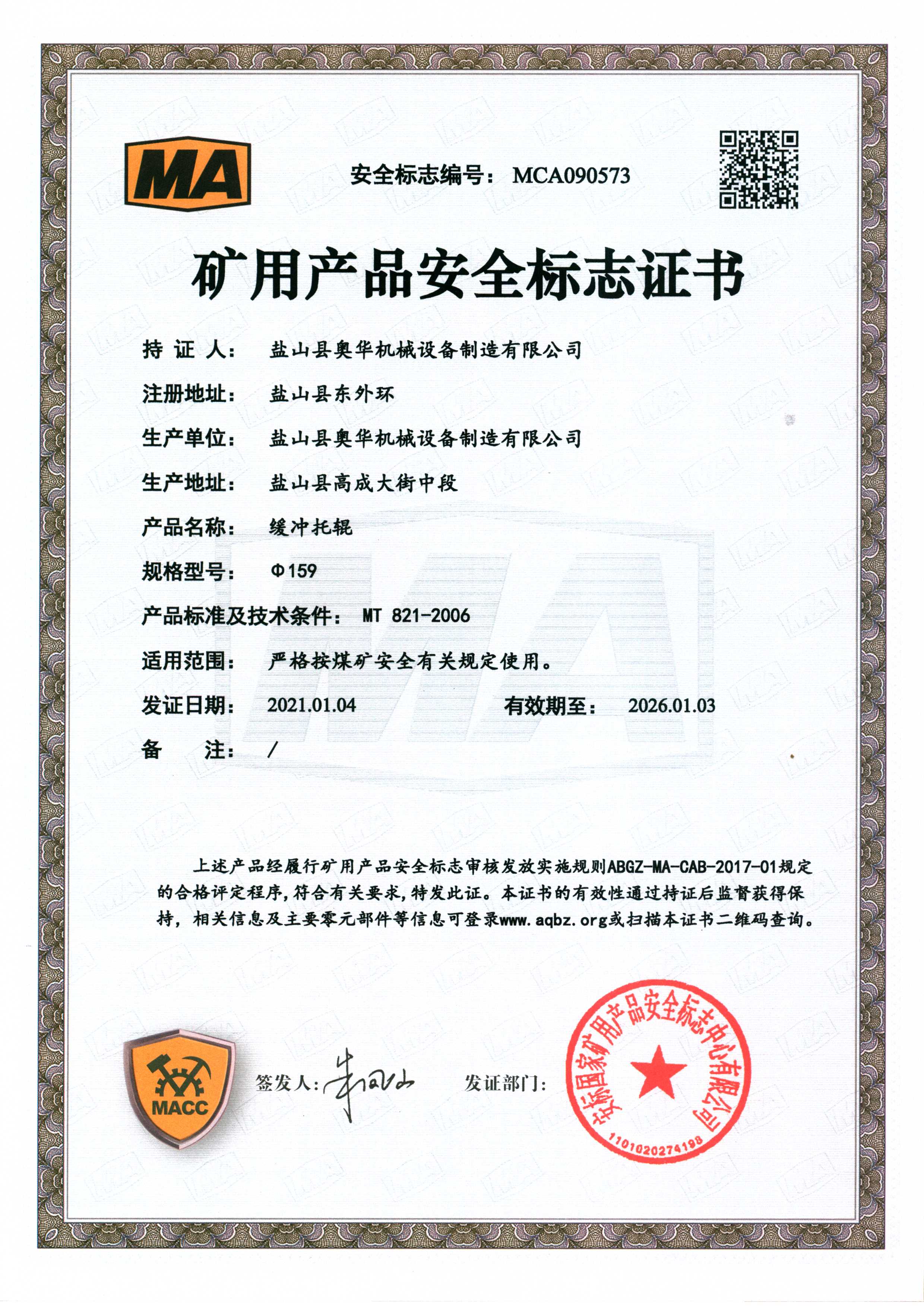 Afrikaans
Afrikaans  Albanian
Albanian  Amharic
Amharic  Arabic
Arabic  Armenian
Armenian  Azerbaijani
Azerbaijani  Basque
Basque  Belarusian
Belarusian  Bengali
Bengali  Bosnian
Bosnian  Bulgarian
Bulgarian  Catalan
Catalan  Cebuano
Cebuano  Corsican
Corsican  Croatian
Croatian  Czech
Czech  Danish
Danish  Dutch
Dutch  English
English  Esperanto
Esperanto  Estonian
Estonian  Finnish
Finnish  French
French  Frisian
Frisian  Galician
Galician  Georgian
Georgian  German
German  Greek
Greek  Gujarati
Gujarati  Haitian Creole
Haitian Creole  hausa
hausa  hawaiian
hawaiian  Hebrew
Hebrew  Hindi
Hindi  Miao
Miao  Hungarian
Hungarian  Icelandic
Icelandic  igbo
igbo  Indonesian
Indonesian  irish
irish  Italian
Italian  Japanese
Japanese  Javanese
Javanese  Kannada
Kannada  kazakh
kazakh  Khmer
Khmer  Rwandese
Rwandese  Korean
Korean  Kurdish
Kurdish  Kyrgyz
Kyrgyz  Lao
Lao  Latin
Latin  Latvian
Latvian  Lithuanian
Lithuanian  Luxembourgish
Luxembourgish  Macedonian
Macedonian  Malgashi
Malgashi  Malay
Malay  Malayalam
Malayalam  Maltese
Maltese  Maori
Maori  Marathi
Marathi  Mongolian
Mongolian  Myanmar
Myanmar  Nepali
Nepali  Norwegian
Norwegian  Norwegian
Norwegian  Occitan
Occitan  Pashto
Pashto  Persian
Persian  Polish
Polish  Portuguese
Portuguese  Punjabi
Punjabi  Romanian
Romanian  Russian
Russian  Samoan
Samoan  Scottish Gaelic
Scottish Gaelic  Serbian
Serbian  Sesotho
Sesotho  Shona
Shona  Sindhi
Sindhi  Sinhala
Sinhala  Slovak
Slovak  Slovenian
Slovenian  Somali
Somali  Spanish
Spanish  Sundanese
Sundanese  Swahili
Swahili  Swedish
Swedish  Tagalog
Tagalog  Tajik
Tajik  Tamil
Tamil  Tatar
Tatar  Telugu
Telugu  Thai
Thai  Turkish
Turkish  Turkmen
Turkmen  Ukrainian
Ukrainian  Urdu
Urdu  Uighur
Uighur  Uzbek
Uzbek  Vietnamese
Vietnamese  Welsh
Welsh  Bantu
Bantu  Yiddish
Yiddish  Yoruba
Yoruba  Zulu
Zulu carrier idler
Carrier Idler The Unsung Hero in Transportation
In the world of transportation, particularly in the shipping and logistics industries, various components work together to ensure the seamless navigation of goods from one point to another. Among these components, the carrier idler plays a crucial yet often overlooked role. This article delves into the significance of carrier idlers, their functions, and their impact on overall efficiency in transport operations.
Carrier idlers are components typically utilized in conveyor systems, common in various transport modes such as mining, manufacturing, and warehousing. They are crucial in supporting and guiding the movement of belts, helping to carry heavy loads across distances. While they may seem like simple rollers or wheels, carrier idlers are intricately designed to withstand substantial pressure, friction, and environmental factors, ensuring the smooth operation of conveyor belts.
One of the primary functions of a carrier idler is to provide stability
. In a conveyor system, as materials are transported along the belt, idlers support the load and prevent sagging, which can lead to inefficient transport or even system failure. The stability provided by these idlers helps maintain the proper alignment of the conveyor belt, ensuring that materials are delivered accurately and efficiently. Without well-functioning carrier idlers, a conveyor system could encounter significant issues, including belt misalignment and accelerated wear and tear.carrier idler

In addition to stability, carrier idlers contribute to the overall efficiency of a transport system. The proper selection of idlers based on the type and weight of the materials being moved can significantly reduce energy consumption. The low-friction design of modern idlers allows for smoother movement, which not only saves energy but also extends the lifespan of both the idlers and the conveyor belts themselves. Consequently, companies can experience lower operational costs while enhancing productivity.
Moreover, with advances in technology, the design and materials used to manufacture carrier idlers have evolved significantly. Modern idlers are often made from composite materials or treated steel, which offer increased durability and resistance to corrosion. Additionally, innovations such as self-aligning idlers have been developed to further streamline operations, reducing maintenance needs and improving overall system reliability.
Maintenance is another critical aspect of the functionality of carrier idlers. Regular inspections and timely replacement of worn-out idlers are essential to prevent unexpected breakdowns that can halt operations and incur significant costs. Implementing a proactive maintenance schedule not only optimizes the performance of the idlers but also ensures the efficient running of the entire transport system.
In conclusion, while often underappreciated, carrier idlers play a vital role in the efficiency and reliability of transportation systems. Their contribution to load stability, energy efficiency, and system longevity cannot be overstated. As industries continue to evolve and demand for efficient logistic solutions grows, understanding and investing in high-quality carrier idlers will be increasingly important. By recognizing the significance of these components, businesses can enhance their operational capabilities, ensuring their competitiveness in a fast-paced marketplace. Thus, the humble carrier idler deserves recognition as an unsung hero in the realm of transportation, facilitating the movement of goods across the globe.
-
Revolutionizing Conveyor Reliability with Advanced Rubber Lagging PulleysNewsJul.22,2025
-
Powering Precision and Durability with Expert Manufacturers of Conveyor ComponentsNewsJul.22,2025
-
Optimizing Conveyor Systems with Advanced Conveyor AccessoriesNewsJul.22,2025
-
Maximize Conveyor Efficiency with Quality Conveyor Idler PulleysNewsJul.22,2025
-
Future-Proof Your Conveyor System with High-Performance Polyurethane RollerNewsJul.22,2025
-
Driving Efficiency Forward with Quality Idlers and RollersNewsJul.22,2025





























